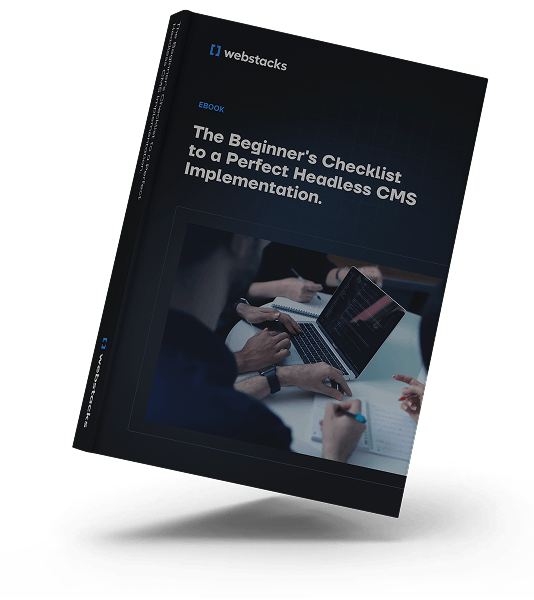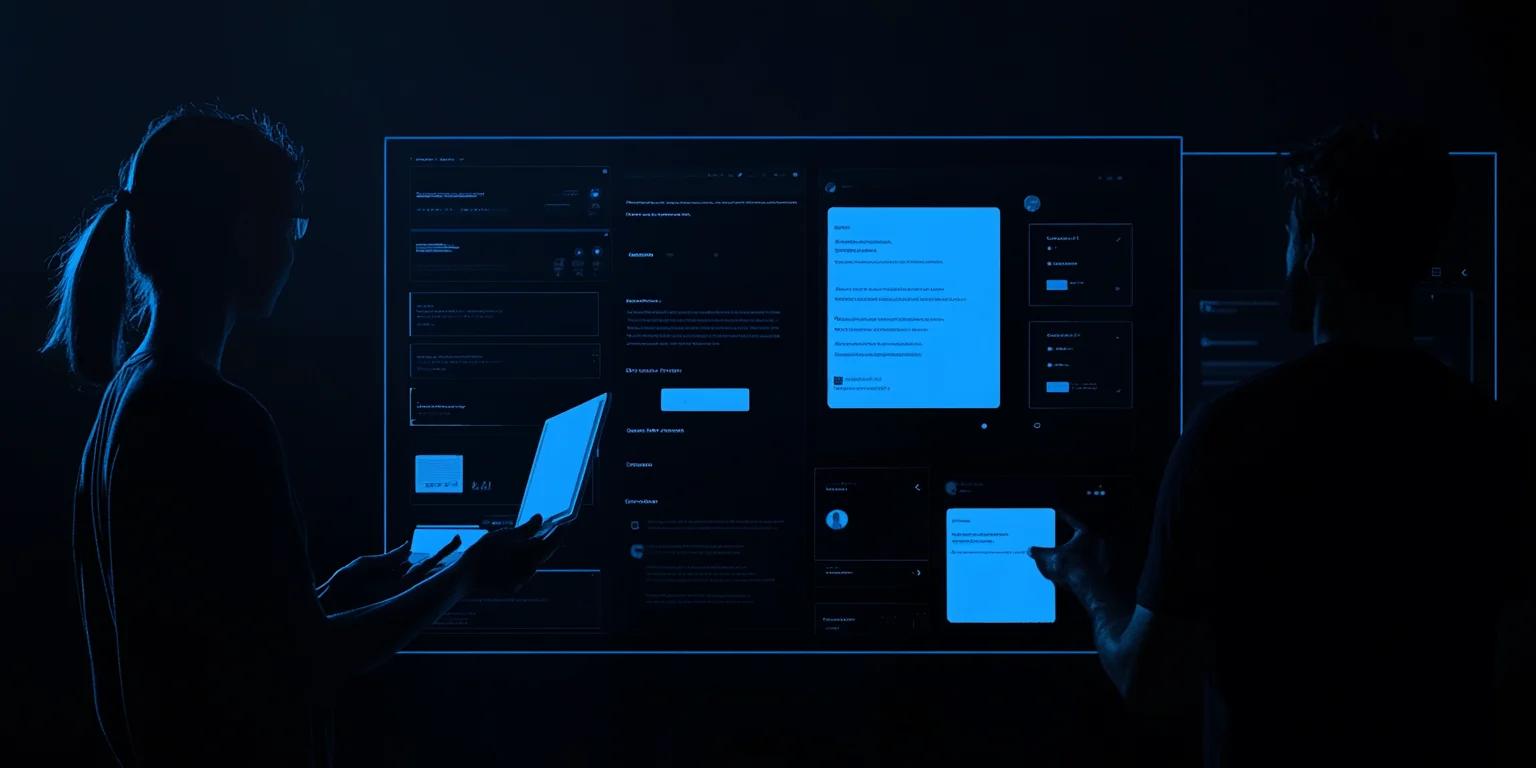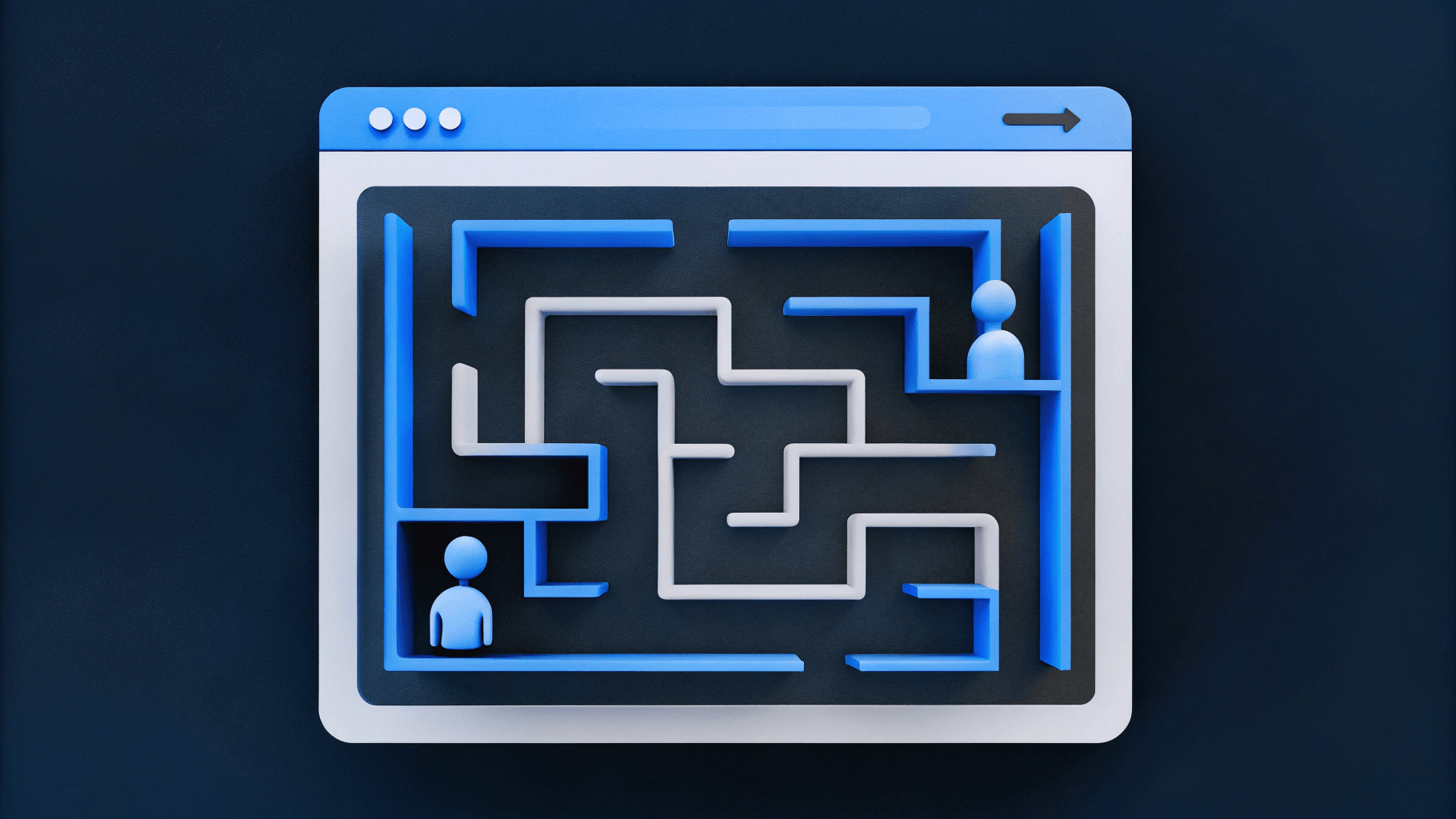Moving to a headless CMS like Sanity offers numerous benefits, including greater flexibility and scalability. But before you start, it's important to understand the migration process thoroughly. Sanity offers numerous benefits—greater flexibility, scalability, and the freedom to structure content exactly how your team needs it. But like any platform migration, it’s not as simple as flipping a switch. A successful transition to Sanity requires careful planning, technical alignment, and a deep understanding of how to set your content team up for long-term success.
At Webstacks, we’ve helped B2B brands like Braze, Knapsack, and Edisoft make the move to Sanity—each with their own unique technical challenges, legacy systems, and content goals.
We’ve even recently gone through the migration ourselves, rebuilding the Webstacks site on Sanity after realizing the unmatched speed and flexibility we were delivering to our clients.
This guide is based on real-world experience migrating complex websites to Sanity. We’ll walk you through everything from pre-migration planning to post-launch training so your team knows what to expect and how to do it right the first time.

Prep with Pre-Migration Planning and Assessments
Content Audit and Inventory
The foundation of a successful headless CMS migration begins with a comprehensive audit.
Start by reaching consensus with stakeholders on which content needs migration. Use tools like Screaming Frog to crawl your existing website and compile a complete inventory of URLs.
During this audit, pay special attention to often-overlooked content types:
- Subdomains that might not appear in initial crawls
- Noindex pages (especially those used for PPC campaigns)
- RSS feeds
- Content created with alternative website builders
- Special pages like custom calculators or interactive tools
Technical Assessment
Categorize your content based on its structure and technical requirements:
- Fixed Layout Content:
- You can typically migrate such content via scripts, though watch for special formatting like mathematical annotations or code blocks.
- Modular/Unstructured Content:
- Such content often requires manual migration or hybrid approaches.
Team and Resource Planning
Before proceeding with the migration, assess your team's readiness and resource requirements. Consider how Sanity, as an enterprise CMS platform, fits into your organization's tech stack. Using tools like Figma can simplify migration planning and implementation.
Establish a Fallback Repository
Create a detailed backup strategy before you begin any migration work. Even if issues seem unlikely, having a fallback plan is important for managing risk. Keep your old website setup preserved until the new site has been running successfully for several weeks.
Understand Content Modeling and Schema Design in Sanity
Sanity's approach to content modeling treats your content as structured data, breaking it down into smaller, reusable components.
Building Content Models
In Sanity, you can define custom content models that align with your specific needs without writing complex code.
You'll structure your content types—whether they're blog posts, images, videos, or product pages—and establish relationships between them. By doing so, you create a single, unified content structure where all your content pieces are connected and easily manageable.
For example, when modeling an image asset, you can customize metadata fields including:
- Title
- Description
- Alt text
- Related content references
- Custom attributes specific to your needs
Schema Design Best Practices
When designing your schema in Sanity, focus on creating reusable content structures. Instead of building page-specific content blocks, design components that can be mixed and matched across different contexts. This approach embodies the COPE (Create Once, Publish Everywhere) principle, which maximizes your content's versatility.
By applying modular web design principles, you'll improve the reusability of your content.
Sanity's Portable Text format takes rich text handling to the next level. You can transform your content into various markup languages, including:
- HTML
- JSX
- Vue
- Markdown
- SSML
- XML
For optimal content modeling, consider these practices:
- Break down complex content types into smaller, reusable components
- Establish clear relationships between different content types
- Design schemas that support your content team's workflow
- Implement consistent metadata structures across content types
- Use Sanity Studio's plugin ecosystem to extend functionality when needed
Use Migration Tools and Technologies
When migrating to Sanity CMS, you'll have access to a set of tools and technologies designed to handle everything from content transfer to validation:
Sanity CLI
The Sanity Command Line Interface (CLI) is your primary tool for managing and deploying Sanity projects during migration. It helps you:
- Initialize new Sanity projects
- Deploy schema changes
- Manage datasets
- Handle content migrations
The CLI is particularly useful when you need to perform bulk operations or automate parts of your migration process. You can install it globally via npm.
APIs and SDKs
Sanity provides both REST and GraphQL APIs that are essential for your migration workflow. The Content Management API (REST) is specifically designed for transferring and manipulating content, while the GraphQL API offers flexible querying capabilities for content retrieval.
For programmatic content migration, you can leverage Sanity's SDKs, which are available for various programming languages. With these SDKs, you can:
- Batch import content
- Transform content structures
- Validate content integrity
- Manage assets and references
Integration Tools
To connect with your existing systems, Sanity supports various integration mechanisms:
- Webhooks for real-time notifications and triggers
- Image API for asset migration and transformation
- Custom field types for specific content needs
- Third-party integration tools for connecting with external services
The platform allows you to build custom migration tools when needed, particularly useful for complex migrations with specific requirements. You can also use Sanity's image pipeline to handle media assets efficiently during the migration process.
Remember to use Sanity's validation tools throughout the migration to maintain data integrity and content structure consistency. They can help identify potential issues before they impact your production environment.
Breaking Down the Content Migration Process
Migrating your content to Sanity involves a systematic approach to preserve the integrity and completeness of your data:
Content Assessment and Categorization
Start by categorizing your content based on its structure:
- Fixed layout content (like blog posts and podcast episodes) that follows consistent patterns
- Modular/unstructured content requiring custom handling
- Special content types including calculators, store finders, or interactive elements
- Dynamic content such as RSS feeds and noindex pages
Don't forget to audit subdomains and pages created with alternative tools, as these are often overlooked during initial content gathering.
Technical Setup and Migration Execution
- Set up your migration environment using Sanity CLI and configure your content schemas to match your identified content types.
- Develop migration scripts for structured content:
- Handle special cases:
Validation and Quality Assurance
Implement a thorough validation process:
- Verify content integrity across all migrated pages
- Check cross-references and internal links
- Confirm proper rendering of special content types
- Validate SEO elements including metadata and redirects
- Test content relationships and references
Conducting User Acceptance Testing (UAT) can help ensure the migrated system meets all user requirements and functions correctly.
For automated migrations, implement validation scripts to catch common issues like missing fields or malformed content. For manual migrations, establish a systematic review process to maintain consistency across all content types.
Post-Migration Considerations
After completing your Sanity CMS migration, use these post-launch tasks to make sure it's been successful.
Monitoring and Content Verification
Implement regular web crawls using tools like Ahrefs to identify any 4xx or 5xx errors that might appear. Remember to monitor your web traffic patterns closely to detect any unusual changes in visitor behavior or interactions.
Additionally, incorporating interactive landing page strategies can increase user engagement post-migration.
And keep your old website setup and content backup for at least 2-3 months after migration in case major issues arise.
SEO Maintenance
Track your SEO performance meticulously during the first 3-6 weeks after migration. Use SEO monitoring tools to spot internal link issues immediately and fix any 404 errors that could impact your search rankings.
If you haven't already, set up Google Search Console to track your search results and identify any crawling or indexing issues that might affect your site's visibility.
Team Training and Documentation
Help your team become comfortable with the new Sanity CMS setup by providing comprehensive training. You can create detailed documentation including step-by-step guides, and consider recording video tutorials using tools like Loom for future reference.
Have at least 3-4 different team members review the migrated content and functionality. Developers might catch technical issues, while content teams can spot formatting or structural problems that others might miss.
Stabilization typically takes 3-6 weeks, depending on your migration's size and complexity.
Typical Challenges and Solutions with Sanity CMS Migration
Complex legacy systems present one of the biggest migration hurdles, as different data structures and functionalities can lead to potential data loss. To address this, conduct a thorough content architecture assessment before migration, mapping your existing content types to Sanity's flexible content models.
Content quality and consistency often suffer during migration. You can implement a thorough content audit process to preserve quality. Such a process includes validating that all content transfers correctly and establishing clear quality checkpoints throughout the migration process.
SEO disruption is another critical challenge. Protect your search rankings by carefully preserving URL structures and metadata. Implement proper redirects for changed URLs and make sure all SEO elements are correctly mapped in your new Sanity setup.
Team resistance to change can significantly impact migration success. Address this by providing comprehensive training on Sanity's features and creating detailed documentation for new workflows. Unlike traditional CMS platforms, Sanity requires developers for new feature implementation and content block creation, so set clear expectations with your team about these limitations.
Technical implementation challenges often arise when integrating with third-party services. While Sanity supports integration with various tools like CRMs and newsletter platforms, success depends on well-documented APIs and proper implementation planning. Work with your development team to map out all necessary integrations before beginning the migration.
Expectations misalignment between stakeholders can also derail migration projects. Establish clear client-vendor alignment upfront about Sanity's capabilities and limitations. For instance, while content creators won't be able to create new content blocks directly in the CMS, they'll benefit from structured content that maintains design consistency and enables faster page creation using pre-designed modules.
The Next Steps in Your Sanity Migration
A successful Sanity CMS migration requires thorough planning, clear objectives, and a structured approach to content modeling. Begin by auditing your existing content architecture, defining your migration goals, and leveraging Sanity's resources to support your transition.
Consider partnering with experts to align your new content infrastructure with your business objectives while maintaining optimal performance and scalability.
Finally, download our headless CMS implementation checklist to guide you throughout the process.





